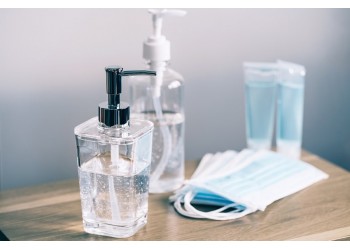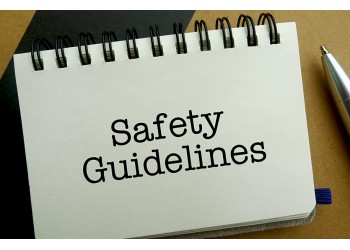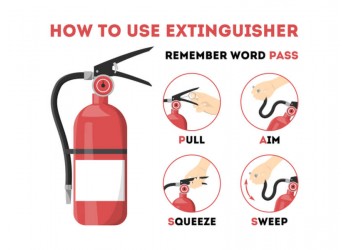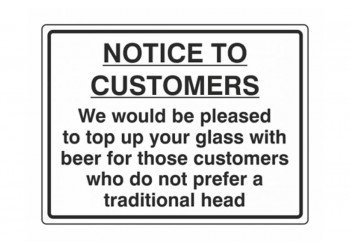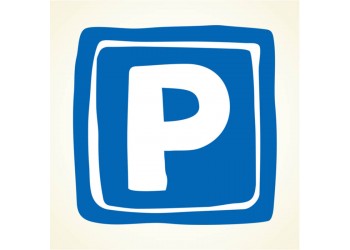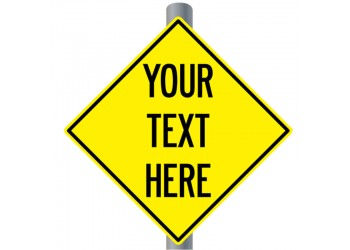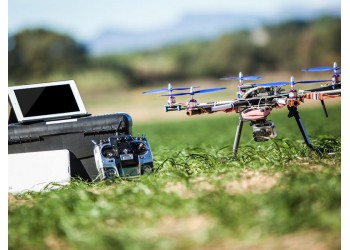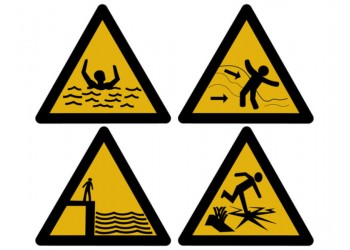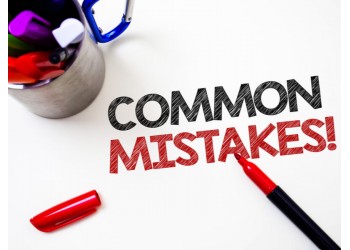In light of the COVID-19 pandemic, it has now become a legal requirement for employers to provide handwashing facilities or hand sanitisers to employees, guests and visitors. As the virus is a spread through contact, keeping our hands clean at all times is one of the most practical ways we can actively reduce the spread. While this simple task has also had its place within our everyday lives, the life-threatening implications involved when it is done incorrectly now means more focus has to be placed on providing clear and easy-to-understand guidance. As an employer, it is your responsibility to understand the new guidance and implement methods to reinforce it within the workplace.
This guide will look at everything you need to know about appropriate hand hygiene, including how the use of safety signs can help.
What is proper hand hygiene?
The number of surfaces we touch in a single day, or even a single hour, can rise into the hundreds. If you take a few moments to consider where your hands have been over the past 10 minutes, it becomes almost overwhelming to consider the points of contact and potential infection sights we touched.
Hand hygiene is one such way we can prevent the spread of coronavirus. This is true for reducing the risk of us catching the virus ourselves or passing it on to someone more vulnerable. Using water and soap allows us to physically remove dirt from our hands. It makes our hands slippery, causing germs to be pulled or and rinsed away. Additionally, the soap itself will help to break down the virus which is encased in a layer of fat known as a lipid envelope. This makes it more vulnerable and less likely to cause infection.
Studies published in 2013 showed that as little as 5% of people actually wash their hands properly – whether this is by foregoing soap or washing for too short a timeframe. According to the CDC (Centres for Disease Control and Prevention), you need to spend at least 20 seconds washing our hands.
Techniques for proper hand hygiene
Giving instructions for washing hands may seem ridiculous. However, as we mentioned above, such a small percentage of individuals take the initiative to do it according to guidelines. During a time of significant danger from coronavirus, we need to ensure everyone understands where they may be falling short.
The World Health Organisation have created posters detailing the 12 steps to effective hand washing. These are as follows:
- Wet your hands with water
- Apply enough soap to cover all hand surfaces
- Rub hands palm-to-palm
- Right palm over left dorsum with interlaced fingers and visa versa
- Palm to palm with fingers interlaced
- Backs of fingers to opposing palms with fingers interlocked
- Rotational rubbing of left thumb clasped in right palm and visa versa
- Rotational rubbing, backwards and forwards with a clasped finger of the right hand in left palm and visa versa
- Rinse hands in water
- Dry hands thoroughly with a single-use towel
- Use the towel to turn off the tap
- Your hands are now safe
When should my employees be washing their hands?
With our hands being one of the most high-contact areas on our bodies, it’s important we keep them clean as regularly as possible. The CDC recommends washing your hands:
- Before, during and after preparing food
- Before eating
- Before and after tending to someone who is sick
- Before and after cleaning a cut or wound
- After going to the bathroom
- After changing nappies or helping a child in the bathroom
- After blowing your nose, coughing or sneezing
- After touching an animal or pet food
- After touching rubbish
In light of the COVID-19 situation, you should also wash your hands:
- After you have been in a public place
- After you have touched a surface that is frequently touched by others (e.g lift button, door handles, taps etc)
How can I support hand hygiene in my workplace?
Legal requirements during this time demand that you have handwashing facilities or hand sanitiser available at the entry and exit points of your workplace. This provides people with the reminder to clean or cleanse their hands before bringing potentially harmful viruses in.
Alongside this, one of the most effective ways to promote proper hand hygiene is through safety signs. When implemented around high contact locations in your building, they actively promote this new regulation. There are a range of options available to suit your needs.
Instructional Hand Washing Signs
These blue and white signs are designed to give clear directions to the readers. They can be full of information, such as the Prevent Coronavirus – Catch It Bin It Kill It Sign or more simplistic, such as Wash Your Hands Sign.
First Aid Hand Washing Signs
Available in a green and white colour combination, these signs help support the first aid messaging around your workplace. Here, you’ll find signage for hand sanitising which features visual imagery and bold text for clear recognition.
Multi-Informational Signs
Finally, for busy locations or areas where staff turnover is high, our multi-informational Social Distancing Sign presents information about the risks, activities to avoid and how to best protect yourself all in one.
Here at Lasting Impressions, we curated the COVID Hygiene / Social Distancing Sign collection in response to demands on UK businesses. Our signs are all printed here in the UK, using wipe-clean materials and customisable to suit your needs. If you have any questions about how best to implement appropriate hand washing in your business, please get in contact with the team here today.
